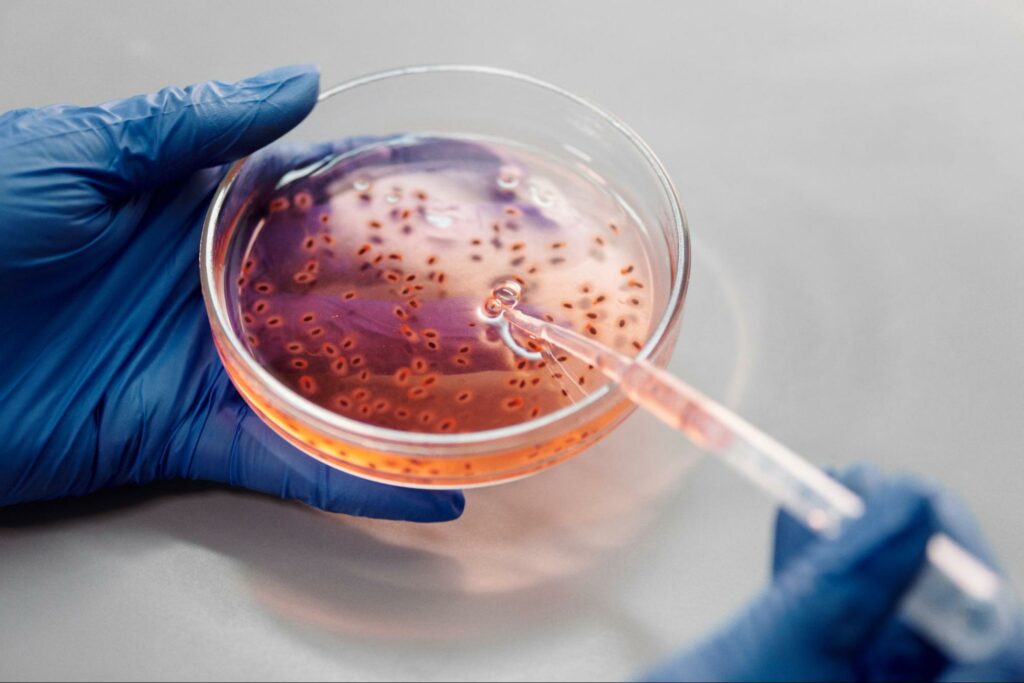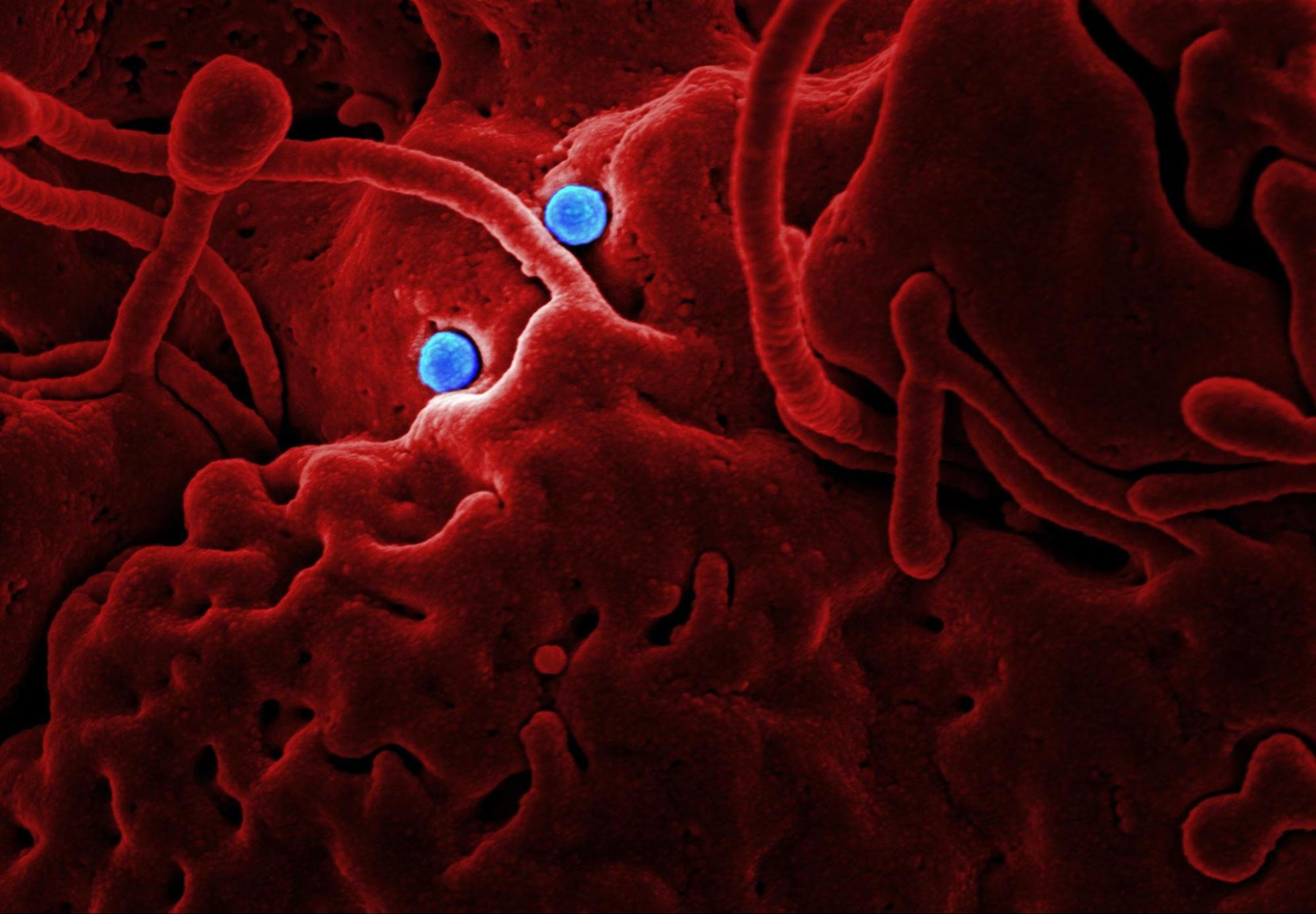
Dismantling Bacterial Fortresses: Antimicrobial Agents Can Target The Cell Wall by
Antimicrobial Agents Can Target The Cell Wall by
Antimicrobial agents play a crucial role in combating bacterial infections. As an expert in the field, I have witnessed firsthand the power of these agents in targeting and neutralizing harmful bacteria. In this article, I will delve into the fascinating mechanism by which antimicrobial agents specifically target the cell wall of bacteria. By understanding this process, we can gain valuable insights into the development of more effective treatments for bacterial infections.
The Importance of Cell Wall Targeting in Antimicrobial Therapy
Understanding The Structure And Function of Bacterial Cell Walls
To fully grasp the importance of cell wall targeting in antimicrobial therapy, it is crucial to first understand the structure and function of bacterial cell walls. The cell wall is a distinguishing feature of bacterial cells and serves as a protective barrier against external threats. It provides structural support and prevents the bacteria from bursting or collapsing under osmotic pressure. Moreover, the cell wall is involved in various vital processes, such as cell division and maintaining cell shape.
Bacterial cell walls are primarily composed of peptidoglycan, a complex mesh-like structure consisting of long chains of sugar and amino acid molecules. This peptidoglycan layer is responsible for the strength and rigidity of the cell wall. Its unique composition makes it an ideal target for antimicrobial agents.
Cell Wall Targeting as a Mechanism of Action For Antimicrobial Agents
Antimicrobial agents can target the cell wall by interfering with various stages of its synthesis. They can disrupt the assembly of peptidoglycan precursors, inhibit enzymes involved in peptidoglycan cross-linking, or prevent the incorporation of new peptidoglycan molecules into the growing cell wall. By targeting these critical processes, antimicrobial agents impair the formation and integrity of the cell wall, ultimately leading to the demise of the bacteria.
One prominent example of antimicrobial agents targeting the cell wall is the class of antibiotics known as beta-lactams. Beta-lactam antibiotics, including penicillins and cephalosporins, inhibit the action of enzymes called penicillin-binding proteins (PBPs). PBPs are responsible for catalyzing the cross-linking of peptidoglycan chains, essential for cell wall formation. By binding to PBPs and blocking their activity, beta-lactams disrupt cell wall synthesis, resulting in weakened and fragile bacterial cell walls.

Common Types of Antimicrobial Agents That Target The Cell Wall
Beta-lactam Antibiotics
Exemplifying the power of antimicrobial agents, beta-lactam antibiotics have been at the forefront of bacterial infection treatment for decades. They owe their name to the characteristic four-membered beta-lactam ring in their molecular structure. This group of antibiotics includes penicillins, cephalosporins, carbapenems, and monobactams.
Mechanism of Action: Beta-lactam antibiotics target the synthesis of the bacterial cell wall by inhibiting the activity of enzymes called penicillin-binding proteins (PBPs). These enzymes are vital for the cross-linking of peptidoglycan, a key component of the cell wall. By binding to PBPs, beta-lactam antibiotics disrupt this process, causing the weakening and eventual breakdown of the cell wall. The bacteria are then unable to maintain their structural integrity, leading to cell lysis and death.
Glycopeptide Antibiotics
Glycopeptide antibiotics represent another important class of antimicrobial agents that target the bacterial cell wall. Examples include vancomycin and teicoplanin, both of which have been highly effective in treating various bacterial infections, particularly those caused by the notorious methicillin-resistant Staphylococcus aureus (MRSA) strains.
Mechanism of Action: Glycopeptide antibiotics interfere with the synthesis of peptidoglycan in the cell wall by binding to the precursor molecule called lipid II. By doing so, they prevent the formation of cross-links between peptidoglycan chains, which are essential for the strength and stability of the cell wall. Without these cross-links, the cell wall becomes structurally compromised, leading to cell lysis and death.
Lipopeptide Antibiotics
Lipopeptide antibiotics have emerged as a promising class of antimicrobial agents that specifically target the cell wall of bacteria. Daptomycin is one well-known lipopeptide antibiotic that has proven effective against a wide range of Gram-positive bacterial infections, including MRSA.
Mechanism of Action: Lipopeptide antibiotics act by disrupting the integrity of the cell membrane, which in turn leads to the destabilization of the cell wall. Specifically, daptomycin inserts itself into the bacterial membrane, causing depolarization and the loss of membrane potential. This triggers a series of events that ultimately result in the leakage of intracellular ions and cell death. Importantly, daptomycin is also thought to have additional interactions with the cell wall, further contributing to its destructive effect.
Conclusion
Targeting the cell wall of bacteria with antimicrobial agents is a vital strategy in the fight against bacterial infections. However, there are several challenges and limitations that need to be addressed. Bacteria possess the ability to develop resistance mechanisms, such as producing beta-lactamase enzymes or modifying the target site on the cell wall. To overcome these mechanisms, researchers have been working on the development of new generations of antimicrobial agents. In order to ensure the effectiveness of cell wall-targeting antimicrobial agents in combating bacterial infections, ongoing research and development efforts are crucial. By overcoming these challenges, we can enhance our ability to effectively treat bacterial infections and improve patient outcomes.





